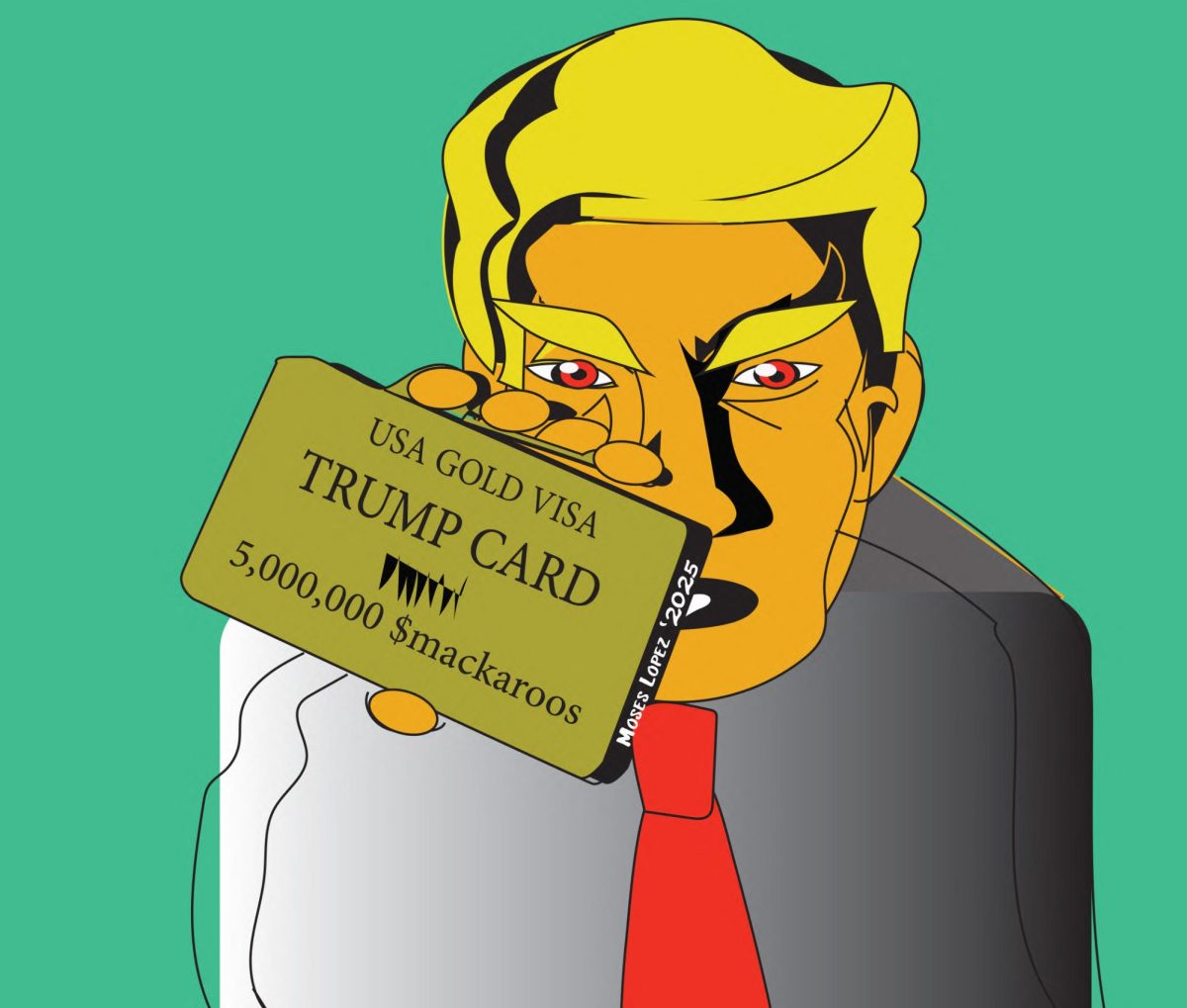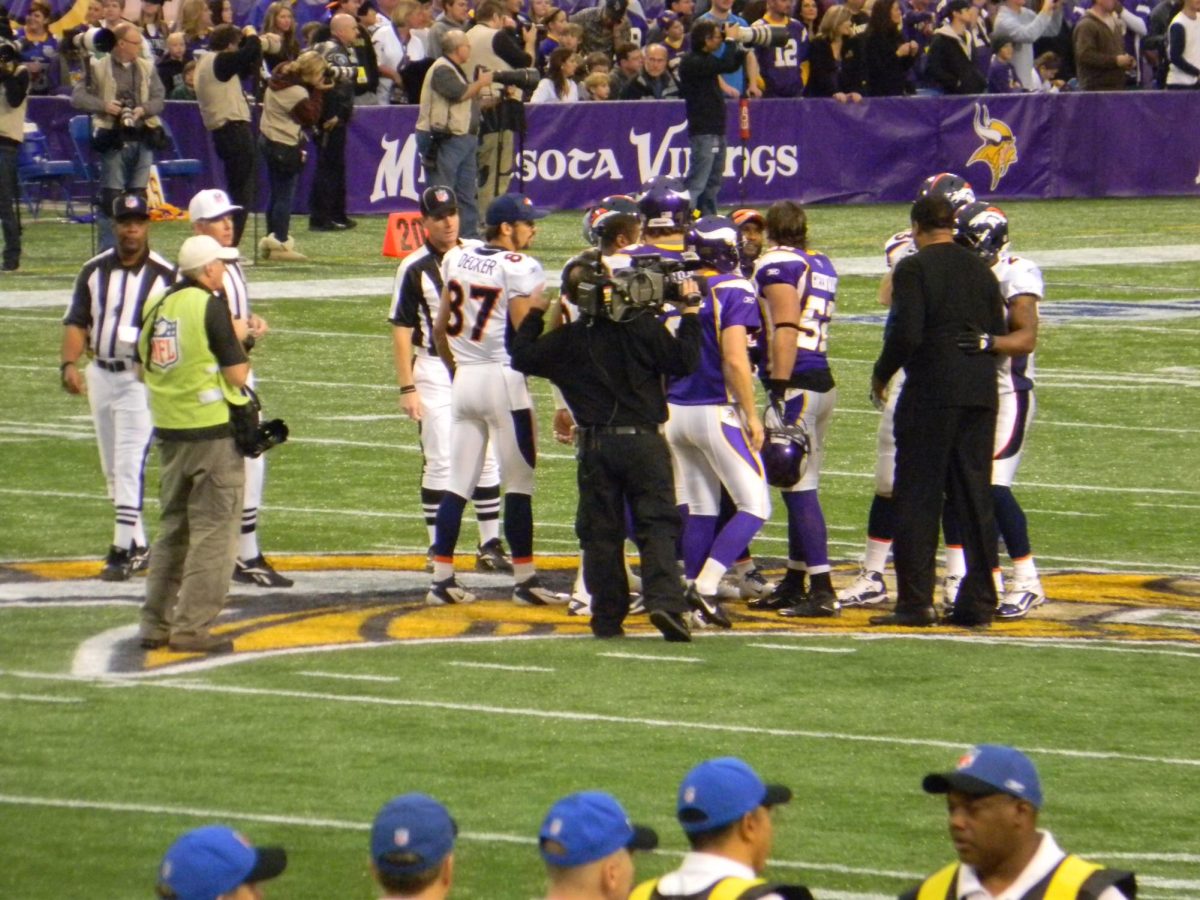As far as situations go, Apple should consider itself lucky: a real anti-LGBT emoji would have been a disaster.
If you’re still upset with the company over the anti-gay emoji, it’s time to learn that it was nothing more than a glitch that’s not even Apple’s doing; it’s Unicode!
Unicode Consortium basically assigns each text, symbol, and emoji their own number as a way to identify them, so, when playing with the code, people were able to put a strike-through circle over any emoji, and it doesn’t even work on all devices.
The anti-gay emoji still made its way to social media, but instead of an uproar, many members of the LGBTQ+ community made fun of the situation and started using the new “anti-pride” flag as a joke.
It was as if we all knew there was no way this could be real. Apple is lucky, again, that this community has the best sense of humor.
However, this does bring up a few questions: What if the emoji was real? Why should we care?
Apple releasing anything anti-gay in 2019 would be not only harmful for their business and a PR disaster, but harmful for a community that’s already been struggling to gain support and awareness.
This is because when you tell a member of the community that you are “anti-LGBT,” you tell them “I am anti-YOU.” You tell them you don’t agree with the way they choose to love and express themselves.
It’s not just an opinion. It stops being just an opinion when it starts having a negative effect on the lives of others.
To make this clear: you thinking pineapple doesn’t belong on pizza is just an opinion. The pineapple does not care what you think. It knows its worth, and is loved by many.
So, the homophobes lose this round: There is no real anti-gay emoji.
As for Apple, the company should be relieved but also take this situation as a warning. If this were real, many people would be upset.
Real emojis are never created on accident.









